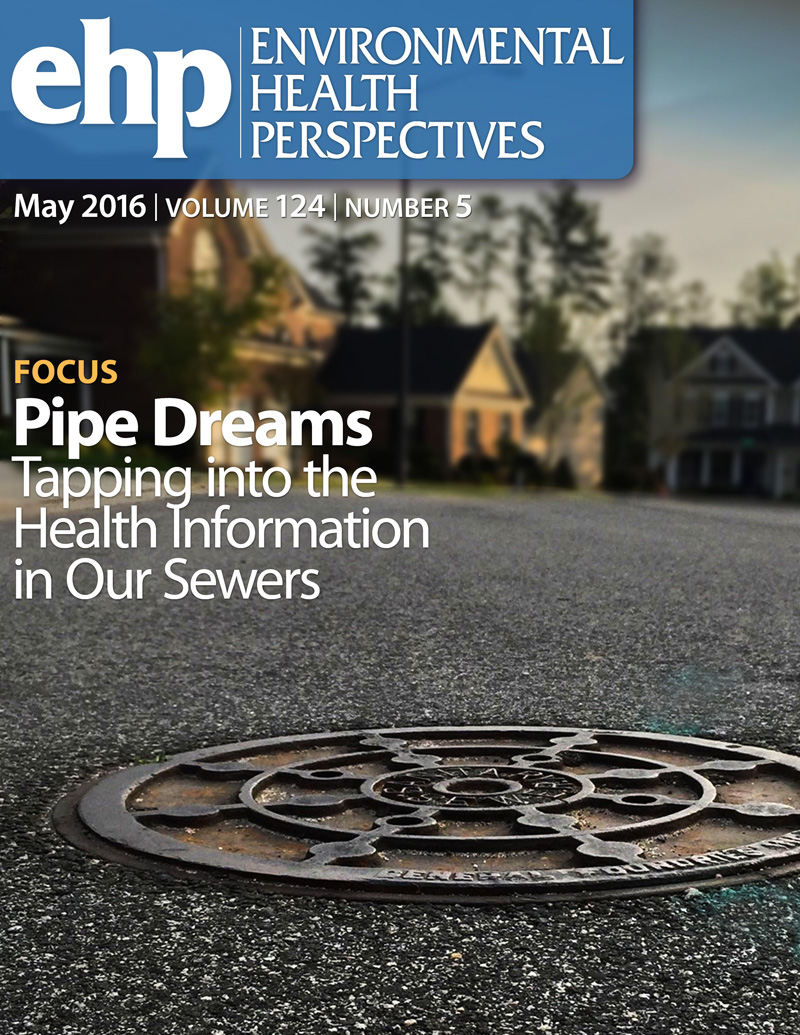Workflow for Statistical Analysis of Environmental Mixtures.
IF 9.8
1区 环境科学与生态学
Q1 ENVIRONMENTAL SCIENCES
引用次数: 0
Abstract
BACKGROUND Human exposure to complex, changing, and variably correlated mixtures of environmental chemicals has presented analytical challenges to epidemiologists and human health researchers. There has been a wide variety of recent advances in statistical methods for analyzing mixtures data, with most methods having open-source software for implementation. However, there is no one-size-fits-all method for analyzing mixtures data given the considerable heterogeneity in scientific focus and study design. For example, some methods focus on predicting the overall health effect of a mixture and others seek to disentangle main effects and pairwise interactions. Some methods are only appropriate for cross-sectional designs, while other methods can accommodate longitudinally measured exposures or outcomes. OBJECTIVES This article focuses on simplifying the task of identifying which methods are most appropriate to a particular study design, data type, and scientific focus. METHODS We present an organized workflow for statistical analysis considerations in environmental mixtures data and two example applications implementing the workflow. This systematic strategy builds on epidemiological and statistical principles, considering specific nuances for the mixtures' context. We also present an accompanying methods repository to increase awareness of and inform application of existing methods and new methods as they are developed. DISCUSSION We note several methods may be equally appropriate for a specific context. This article does not present a comparison or contrast of methods or recommend one method over another. Rather, the presented workflow can be used to identify a set of methods that are appropriate for a given application. Accordingly, this effort will inform application, educate researchers (e.g., new researchers or trainees), and identify research gaps in statistical methods for environmental mixtures that warrant further development. https://doi.org/10.1289/EHP16791.环境混合物统计分析工作流程。
人类暴露于复杂的、变化的和可变相关的环境化学品混合物中,对流行病学家和人类健康研究人员提出了分析挑战。最近在分析混合数据的统计方法方面有了各种各样的进展,大多数方法都有开源软件来实现。然而,考虑到科学焦点和研究设计的相当大的异质性,没有一种通用的方法来分析混合数据。例如,一些方法侧重于预测混合物的整体健康影响,而另一些方法则试图理清主要影响和成对相互作用。有些方法只适用于横断面设计,而其他方法可以适应纵向测量的暴露或结果。本文的重点是简化识别哪些方法最适合特定研究设计、数据类型和科学焦点的任务。方法提出了一个有组织的环境混合数据统计分析的工作流程,并给出了两个实现该工作流程的应用实例。这一系统战略建立在流行病学和统计原理的基础上,考虑到混合物背景的具体细微差别。我们还提供了一个附带的方法存储库,以提高对现有方法和新方法的认识,并为它们的应用提供信息。我们注意到几种方法可能同样适用于特定的上下文。本文不提供方法的比较或对比或推荐一种方法优于另一种方法。相反,所呈现的工作流可用于识别一组适合于给定应用程序的方法。因此,这项工作将为应用提供信息,教育研究人员(例如,新研究人员或受训人员),并查明需要进一步发展的环境混合统计方法中的研究差距。https://doi.org/10.1289/EHP16791。
本文章由计算机程序翻译,如有差异,请以英文原文为准。
求助全文
约1分钟内获得全文
求助全文
来源期刊

Environmental Health Perspectives
环境科学-公共卫生、环境卫生与职业卫生
CiteScore
14.40
自引率
2.90%
发文量
388
审稿时长
6 months
期刊介绍:
Environmental Health Perspectives (EHP) is a monthly peer-reviewed journal supported by the National Institute of Environmental Health Sciences, part of the National Institutes of Health under the U.S. Department of Health and Human Services. Its mission is to facilitate discussions on the connections between the environment and human health by publishing top-notch research and news. EHP ranks third in Public, Environmental, and Occupational Health, fourth in Toxicology, and fifth in Environmental Sciences.
 求助内容:
求助内容: 应助结果提醒方式:
应助结果提醒方式:


